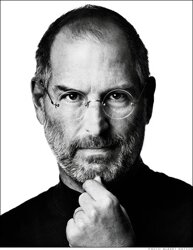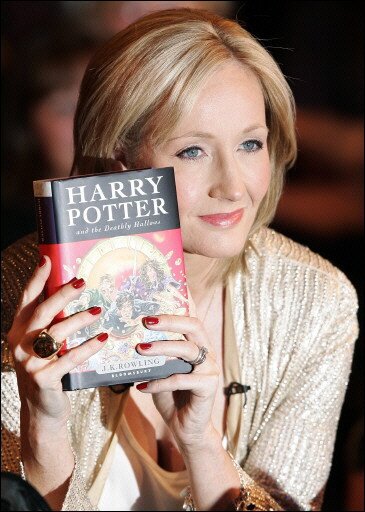 Sir James Dyson is a British inventor, designer and founder of the Dyson Company. He is best known for his development of the world’s first Dual Cyclone bag less vacuum cleaner and according to the Sunday Times Rich List had a net worth of £3 Billion in 2013.
Sir James Dyson is a British inventor, designer and founder of the Dyson Company. He is best known for his development of the world’s first Dual Cyclone bag less vacuum cleaner and according to the Sunday Times Rich List had a net worth of £3 Billion in 2013.
James Dyson: Life
Early Life
James Dyson was born in Cromer, Norfolk, England on the 2nd May 1947. He had two siblings but was sent to Gresham’s Boarding School in Holt, Norfolk between 1956 and 1965 after his father’s death from cancer. There, it’s said he enjoyed and excelled in long distance running.
“I was quite good at it,” He said a few years later, “Not because I was physically good, but because I had more determination. I learnt determination from it.”
Between 1965 and 1966, he spent one year studying at the Byam Shaw School of Art before moving to study furniture and interior design at the Royal College of Art (1966-1970) and later moving into engineering.
Early Inventions
In 1970, while studying at the Royal College of Art, Dyson helped in creating the first product of his career, the Sea Trunk. However his first solely self-made invention was the Ballbarrow, the famous modified version of a wheelbarrow that used a ball instead of a wheel, which was featured on the BBC’s Tomorrow’s World programme.
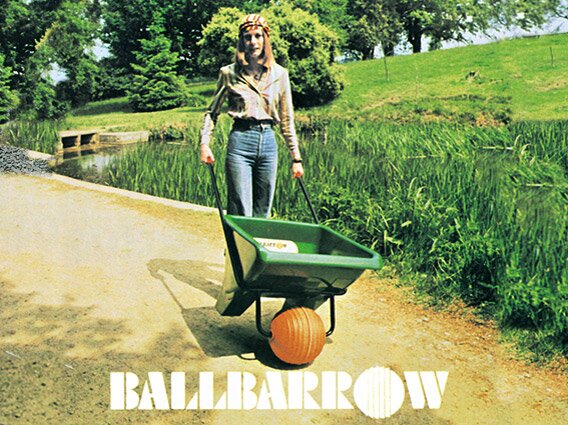 Following this, Dyson kept with the idea of the ball and invented the Trolleyball, an invention to help launch small boats. After this he designed the Wheelboat, an amphibious boat that could travel at speeds of 64 kilometers per hour (40mph) on both land and sea.
Following this, Dyson kept with the idea of the ball and invented the Trolleyball, an invention to help launch small boats. After this he designed the Wheelboat, an amphibious boat that could travel at speeds of 64 kilometers per hour (40mph) on both land and sea.
Vacuum Cleaners
In the late 1970s, Dyson was coming up to his 30’s and regardless of the belief that you lose your creativity as you grow ever older, Dyson was about to come up with his best idea yet.
He had the idea of using cyclonic separation to create a more powerful vacuum cleaner that would not loose suction as it picked up dirt. He gained the idea after he’d become frustrated with his Hoover Junior’s performance, which kept loosing performance as he used it, down to dust clogging the bag and reducing suction.
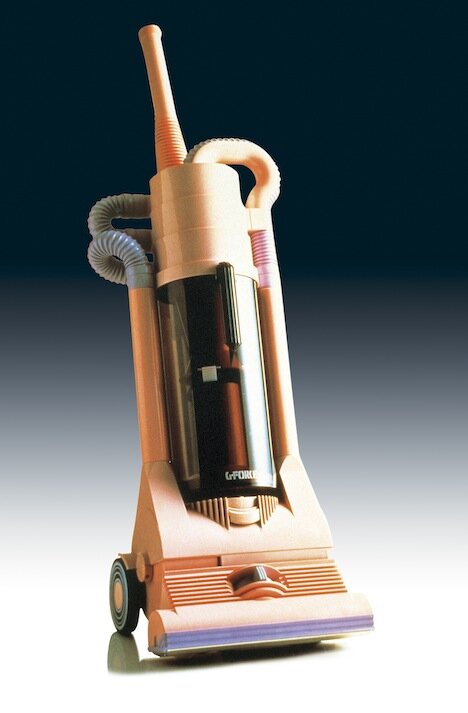 It took Dyson 5 years and many prototypes to launch his first version of the new revolutionary cleaner, the ‘G-Force’ in 1983. Following his development, he approached several manufactures in the market but none were interested, as they believed it would disrupt the hugely profitable market for replacement dust bags.
It took Dyson 5 years and many prototypes to launch his first version of the new revolutionary cleaner, the ‘G-Force’ in 1983. Following his development, he approached several manufactures in the market but none were interested, as they believed it would disrupt the hugely profitable market for replacement dust bags.
In light of this, Dyson took his G-Force vacuum to Japan where he sold it through catalogue sales in bright pink for the equivalent of £2’000. In 1991 it won the International Design Fair prize in Japan and he obtained his first US patent for the product in 1986.
Following this and still unable to sell his invention to the major manufactures of the UK and the world, Dyson went on to set up his own manufacturing company instead. Dyson Ltd opened its first research center and factory in Malmesbury, Wiltshire in June 1993.
It had took more than ten years, but Dyson’s breakthrough into the UK market came after an advertising campaign was launched for his product which emphasized the fact that his vacuum cleaner did not require the continual purchase of replacement bags, unlike most of its rivals.
The UK market for disposable cleaner bags £100 million at the time and the slogan “say goodbye to the bag” became a well known thing. The public were more interested in not needing the bag then the increased suction efficiency that the technology delivered and they we’re willing to pay extra for the convenience.
The Dyson Dual Cyclone became hugely successful and the UK’s fastest-ever selling vacuum cleaner, over taking many of those companies which had rejected Dyson’s ideas years before. Dyson quickly became one the UK’s most popular brands and in early 2005, it was reported Dyson cleaners had become the market leaders by value, although not by number, in the United States too.
Further Developments with Dyson Ltd
Subsequent to Dyson’s success with his vacuum, other manufactures began to pursue and market their own cyclonic vacuum cleaners to; however Dyson went on to sue Hoover for patent infringement and won $5 million in damages.
In 2002 and in a highly controversial move, Dyson moved his manufacturing plant from England to Malaysia due to economic reasons and the difficulty of acquiring land for expansion in the UK.
It left 800 workers redundant, however the company’s headquarters and research center remains and Dyson has previously said that the cost savings of moving the production to Malaysia have been re-invested into their research and development at Malmesbury instead.
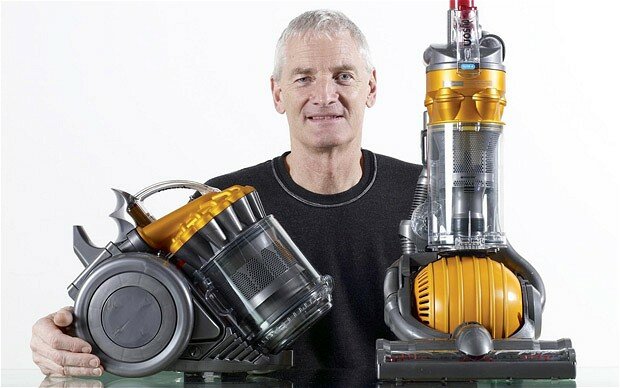 In 2005, Dyson came back to his ball idea and incorporated it into a vacuum cleaner. This invention became the Dyson Ball and had the aim of making cleaning easier and the vacuum cleaner more maneuverable around the home and free-standing furniture.
In 2005, Dyson came back to his ball idea and incorporated it into a vacuum cleaner. This invention became the Dyson Ball and had the aim of making cleaning easier and the vacuum cleaner more maneuverable around the home and free-standing furniture.
Other Inventions
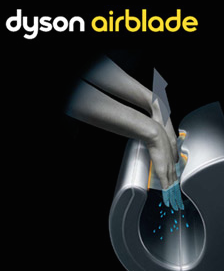 Dyson expanded on his household appliance range in 2000, when he began work on a new type of washing machine called the ContraRotator, which had two drums rotating in opposite directions. However, the product was not a success and is no longer available on the market.
Dyson expanded on his household appliance range in 2000, when he began work on a new type of washing machine called the ContraRotator, which had two drums rotating in opposite directions. However, the product was not a success and is no longer available on the market.
In October 2006, Dyson launched its Dyson Airblade, a fast drying hand dryer that can nowadays be found in many public places and restaurants, including most notably McDonalds. Since the release of the AirBlade, Dyson’s most recent product launch to date has been a fan without any external blades called the ‘Air Multiplier’.
James Dyson’s Personal Life
Going back a few years now and in 1968, Dyson married Deidre Hindmarsh. The couple now have three children: Emily, Jacob and Sam and live in a 300-acre Georgian estate called Didington Park in Gloucestershire. They paid £15 million for the estate and also own a £3 million Chateau in France, a town house in Chelsea, London and a super yacht named Nahlin.
Nahlin is the largest British-owned super yacht in the world, measures 91 meters and out of the worlds 100 biggest yachts was ranked 36th in a 2013 survey.
Up until September 2004, Dyson was the chair of the board of trustees of the Design Museum in London, which was “the first in the world to showcase design of the manufactured object”. However, Dyson resigned in September 2004, saying the museum had “become a style showcase” and non-longer upheld “its mission to encourage serious design of the manufactured object.”
Inspiring Innovation with the James Dyson Foundation
As with many of the world’s richest people and in particular entrepreneurs and designers, Dyson has a strong belief in helping, supporting and inspiring others. He set up the James Dyson Foundation in 2002 with the aim of supporting design and engineering in education.
 He aims to “inspire young people to study engineering and become engineers by encouraging students to think differently and to make mistakes,” through the foundation and supports schools in Wiltshire in particular.
He aims to “inspire young people to study engineering and become engineers by encouraging students to think differently and to make mistakes,” through the foundation and supports schools in Wiltshire in particular.
The foundation aims to inspire young people in several ways, including the funding of resources such as something they call the ‘Education box’, which is filled with activities for a school to use as a teaching aid.

The foundation loans the boxes, which are suitable for Key Stage 4 and above, to schools for up to four weeks, free of charge. The boxes enable students to take apart and examine a Dyson DC22 Telescope vacuum cleaner, as well as a copy of a Channel 4 TV series called the Genius of Britain, featuring Dyson himself, which the schools are allowed to keep.
In 2007 the Foundation founded the James Dyson Award, which aims to support the work of young designers. It’s an international award that “celebrates, encourages and inspires the next generation of design engineers” and is run by the James Dyson Foundation Charitable Trust.
The award is open to graduates in the fields of product design, industrial design and engineering and offers a prize of £10’000 for the winning individual or team, £10’000 for their university, a trophy and a certificate.
Honors
Over the years, James Dyson has gained various and many awards, including representations, titles and his degree. In the 1996 New Year Honors, Dyson was appointed CBE and the following year in 1997, gained the Price Phillip Designers Prize.
He received the Lord Lloyd of Kilgerran Award and his Honorary Degree in Engineering from the University of Bath in 2000 and in 2005 was elected to a fellow of The Royal Academy of Engineering.
In 2007, just 11 years following his appointment as CBE, Dyson was appointed a Knight Bachelor in the New Year Honors and since 2011 has been provost of the Royal College of Art in London.
Life Lessons from James Dyson
Dyson’s done plenty in his life from business, design and personal life perspectives. With this, there are plenty of lessons for us to gain but by learning from the events in his life that we’ve covered above; I think these are the best.
Innovation is Key
I believe everyone should innovative in their lives, whether just for the benefit of themselves or commercially and for the benefit of others, innovation is in my opinion the way to make the world a better place.
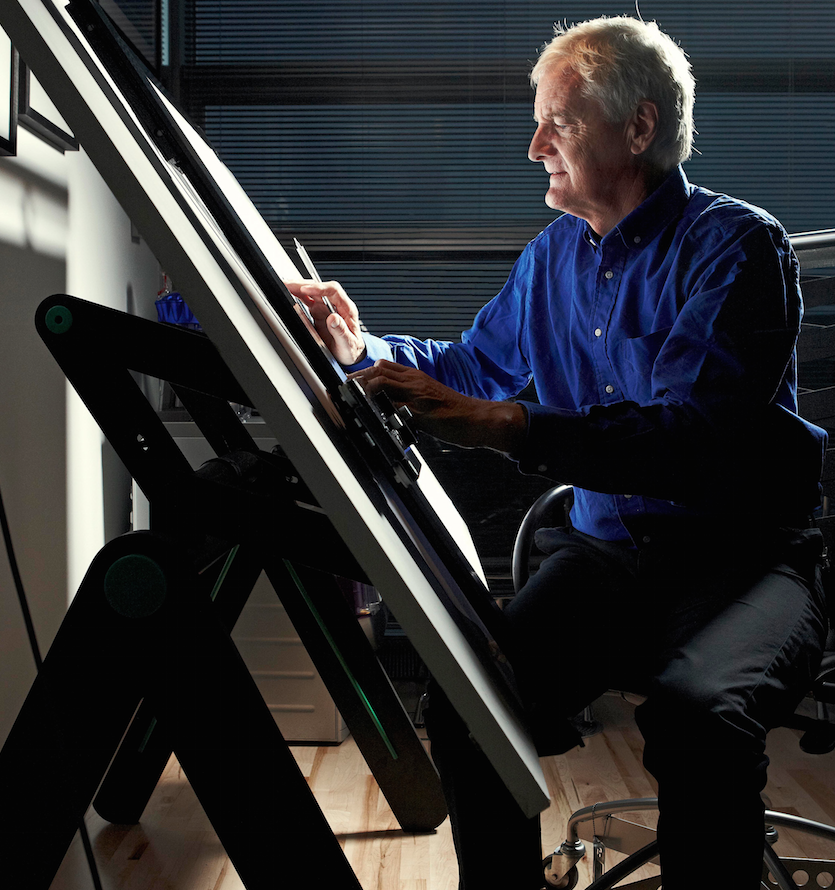 “Everyone has ideas.” Says Dyson, “They may be too busy or lack the confidence or the technical ability to carry them out. But I want to carry them out. It is a matter of getting up and doing it.”
“Everyone has ideas.” Says Dyson, “They may be too busy or lack the confidence or the technical ability to carry them out. But I want to carry them out. It is a matter of getting up and doing it.”
And so, as explained by Dyson, having ideas is one thing, but actually innovating is another and relies on the action to complete on the idea.
You may find you’re innovation can benefit others, or it might just benefit you, your life and the tasks you’re taking on, but it’s that change that you make that is the special thing – it’s the thing that’s changing the way things are done.
Dyson once said, “Life is a mountain of solvable problems and I enjoy that.”
Commercially, “If you invent something, you’re doing a creative act.” Says Dyson, “It’s like writing a novel or composing music. You put your heart and soul into it, and money. It’s years of your life, it’s your house remortgaged, huge emotional investment and financial investment.” But I believe it’s worth it, if life’s not there to innovate, build, develop and learn, regardless of the risk and effort, then what is it there for?
I think we should all take a leaf from Dyson’s book, and begin innovating in our lives today.
Do it Yourself
With the idea for his first Vacuum cleaner, Dyson had to produce his prototype himself from his garden shed. “When I stated off, I was working in a shed behind my house.” He says, “All I had was a drill, an electric drill. That was the only machine I had.”
However, after a few years of development, he finally came up with a working prototype for which he could present to other companies in the industry.
He approached many of the world’s biggest vacuum brands, including Hoover, with his newly re-designed and re-innovated development of the Vacuum. However, none of them were interested.
Regardless of its innovation, they believed it would subtract from their very profitable recurring sales of disposable vacuum cleaner bags and thus declined on his project.
 “If you want to do something different, you’re going to come up against a lot of naysayers.” Said Dyson in the past, and he did just that, but none-the-less went on to pursue his own vision for his idea instead.
“If you want to do something different, you’re going to come up against a lot of naysayers.” Said Dyson in the past, and he did just that, but none-the-less went on to pursue his own vision for his idea instead.
He wasn’t daunted and instead followed up their dismissals with his own drive to pursue his development to success. He was sure of its potential, its greatness as an idea, as innovation and took it china himself instead. There he had it manufactured and first started selling it for several thousand pounds in a Chinese catalogue.
Just a few years later and he was back in the UK with his idea, selling more than ever before and wooing the companies who had previously turned him down. He did it himself and made it a success, probably even more so then Hoover and the like could have if they’d of taken it on themselves.

